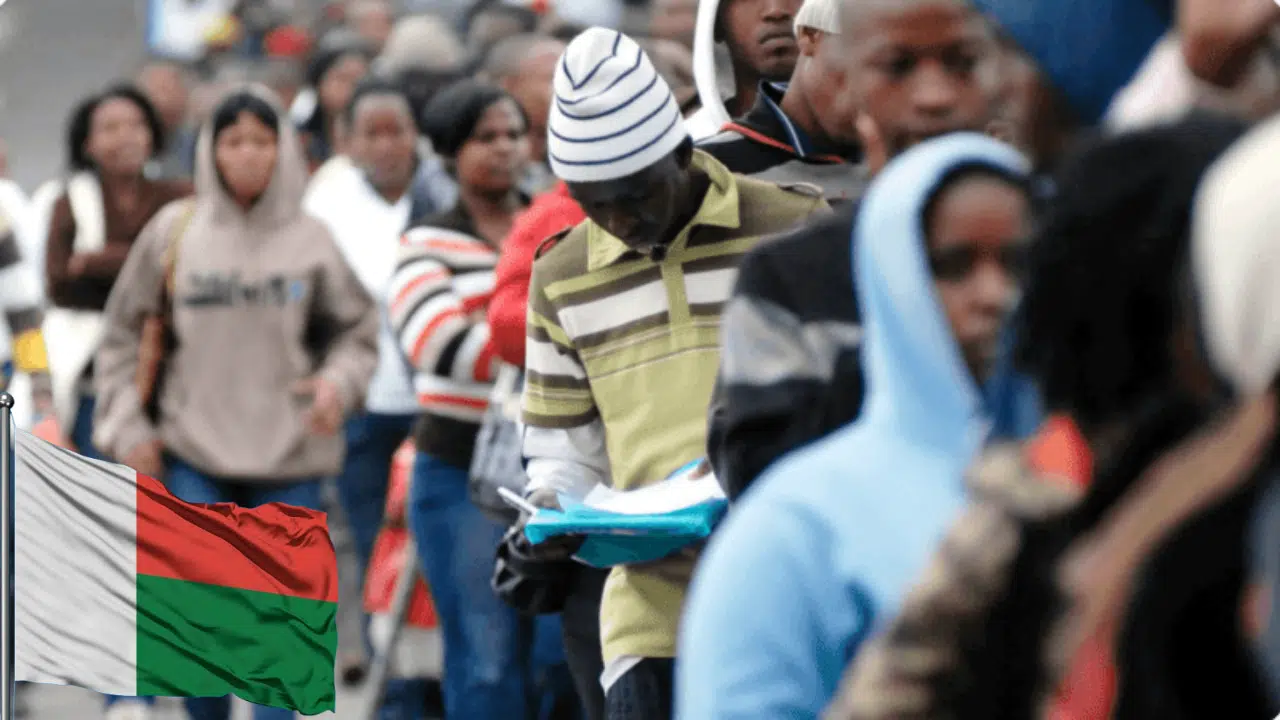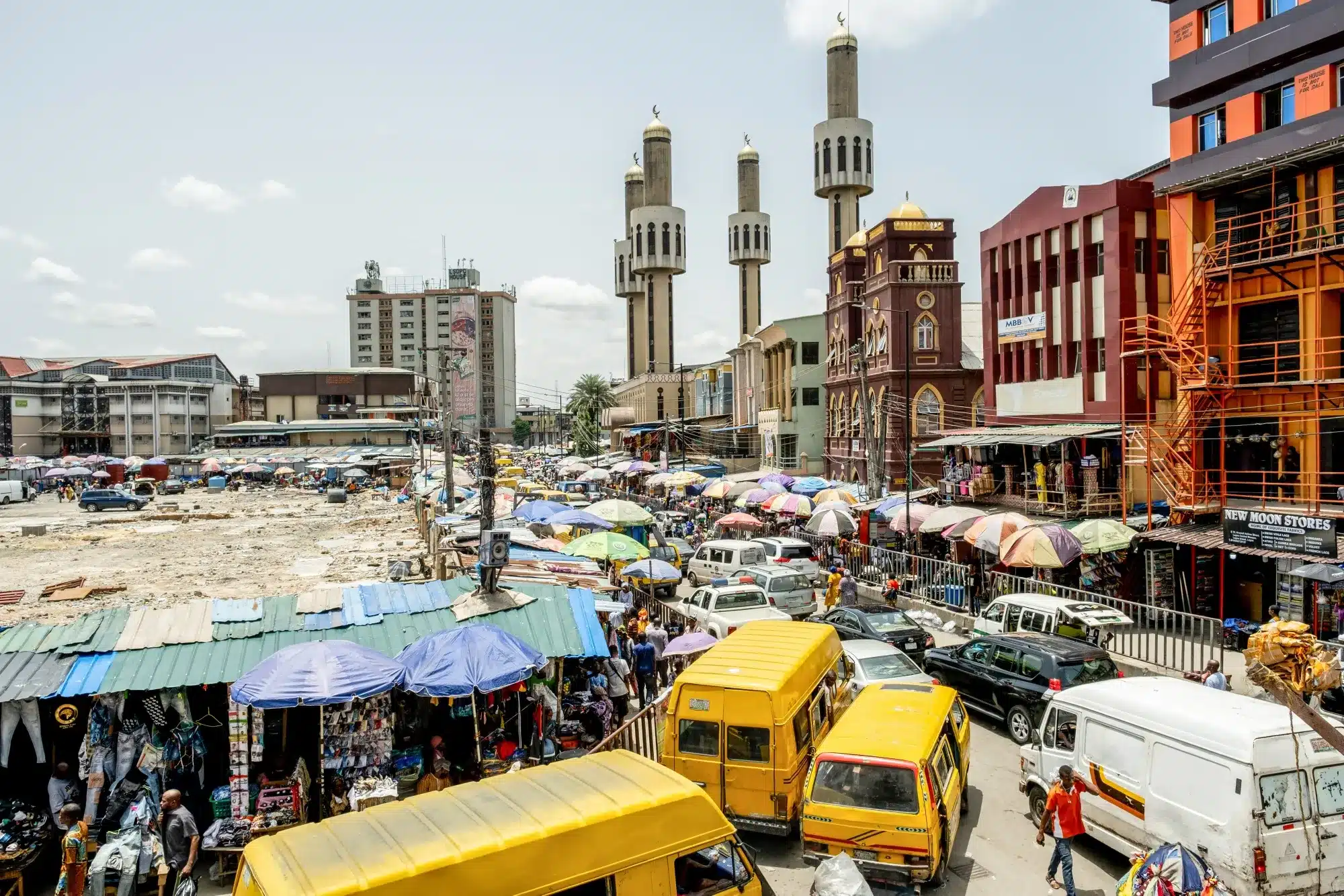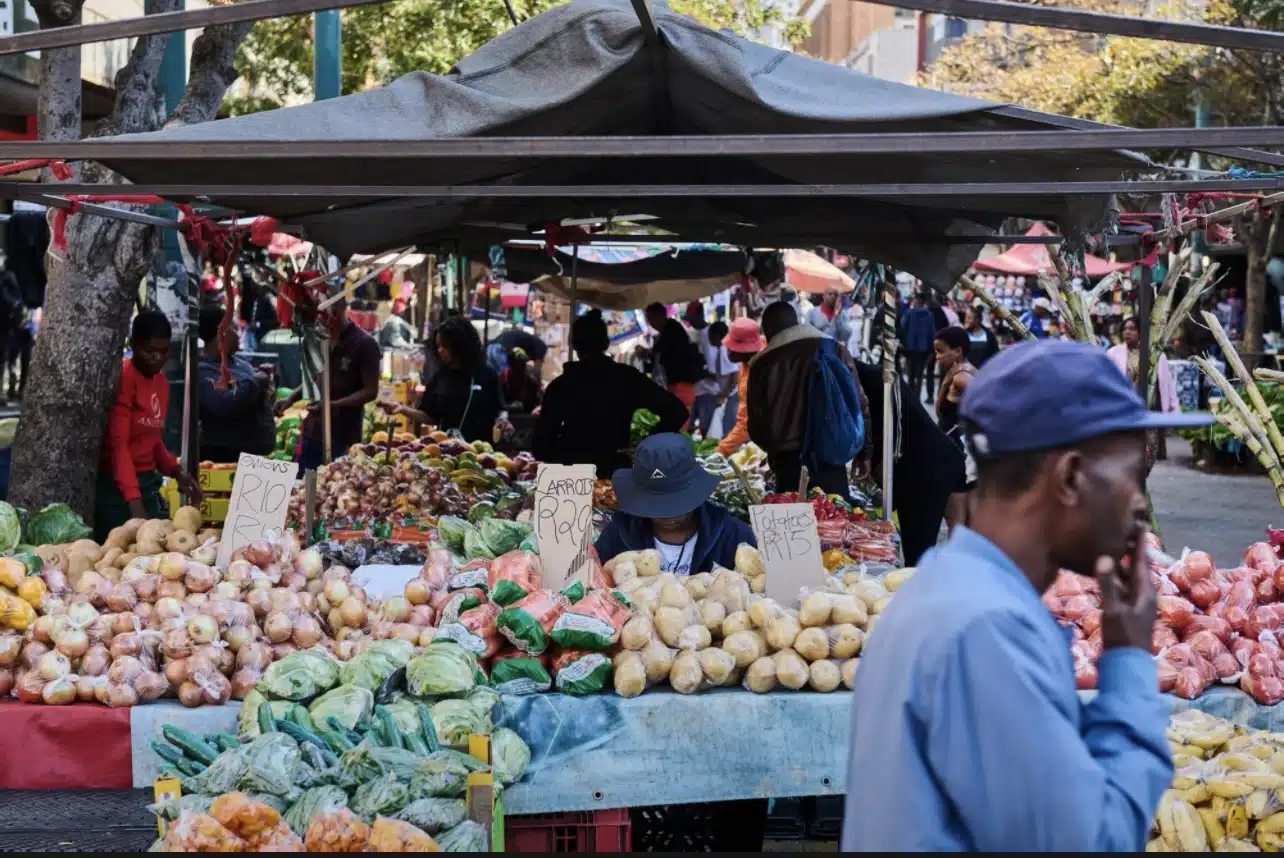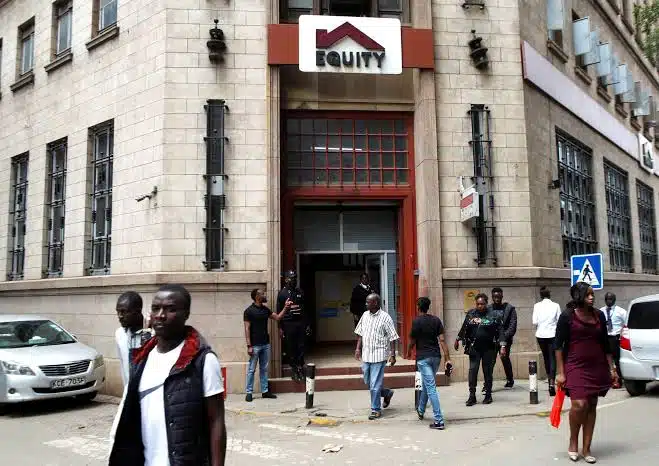Madagascar’s textile sector is bracing for a devastating blow as United States President Donald Trump’s 47% reciprocal tariff threatens up to 60,000 jobs in the industry.
With the country already grappling with political instability and poverty, the tariff hike has raised concerns over its socio-economic stability and growth prospects.
The latest round of U.S. tariffs has left low-income nations like Madagascar, which import relatively few goods from the U.S., with some of the steepest rates—second only to Lesotho – a small landlocked Southern African country.
According to Rindra Andriamahefa, executive director of the Groupement des Entreprises Franches et Partenaires (GEFP) – an influential industry association, the tariff increase could lead to the permanent and temporary loss of 60,000 jobs in a sector that employs approximately 180,000 people.
The textile and clothing sector accounts for around one-fifth of Madagascar’s GDP, with exports to the U.S. reaching $733 million in 2024.
Much of this trade has been facilitated under the African Growth and Opportunity Act (AGOA), which has granted the island nation preferential access to the U.S. market.
However, with the introduction of the new tariffs, investors are expected to turn their attention to countries that face a much lower, 10% tariff, worsening Madagascar’s economic outlook.
“The pandemic was one thing. What we are facing now is quite another,” said Beatrice Chan Ching Yiu, president of the GEFP, lamenting the potential for mass layoffs and dismissals as companies attempt to mitigate the damage.
With a population of 31 million, Madagascar is already one of the poorest nations in the world, with over 75% of its people living below the poverty line.
The new tariffs are expected to exacerbate the country’s economic challenges, including its rising inflation rate, which reached 7.6% in 2024, and an increasing current account deficit, estimated to have reached 5% of GDP last year.
The government has already begun consulting with other African countries affected by the tariffs in an effort to coordinate a unified response.
Diplomatic efforts include ongoing technical discussions with U.S. authorities aimed at understanding the rationale behind the decision.
The economic situation remains precarious for Madagascar, as a significant portion of its exports, including vanilla, apparel, and minerals such as cobalt and titanium, flow into the U.S.
This trade disruption could erode foreign reserves, deepen inequality, and further strain the island’s fragile economy.
While Madagascar’s unemployment rate remains relatively low at about 3.6% as of 2023, the economic conditions—including high population growth, inflation, and the declining export of key commodities—continue to stifle improvements in living standards.
The fiscal deficit, which has been narrowing gradually, is projected to decrease to around 3.8% of GDP by 2027, but the country’s ability to maintain this momentum hinges on addressing infrastructure constraints, diversifying its export base, and managing the broader global trade environment.
As the situation unfolds, Madagascar’s capacity to weather these economic challenges remains uncertain, with the full impact of the U.S. tariffs yet to be fully realised.









